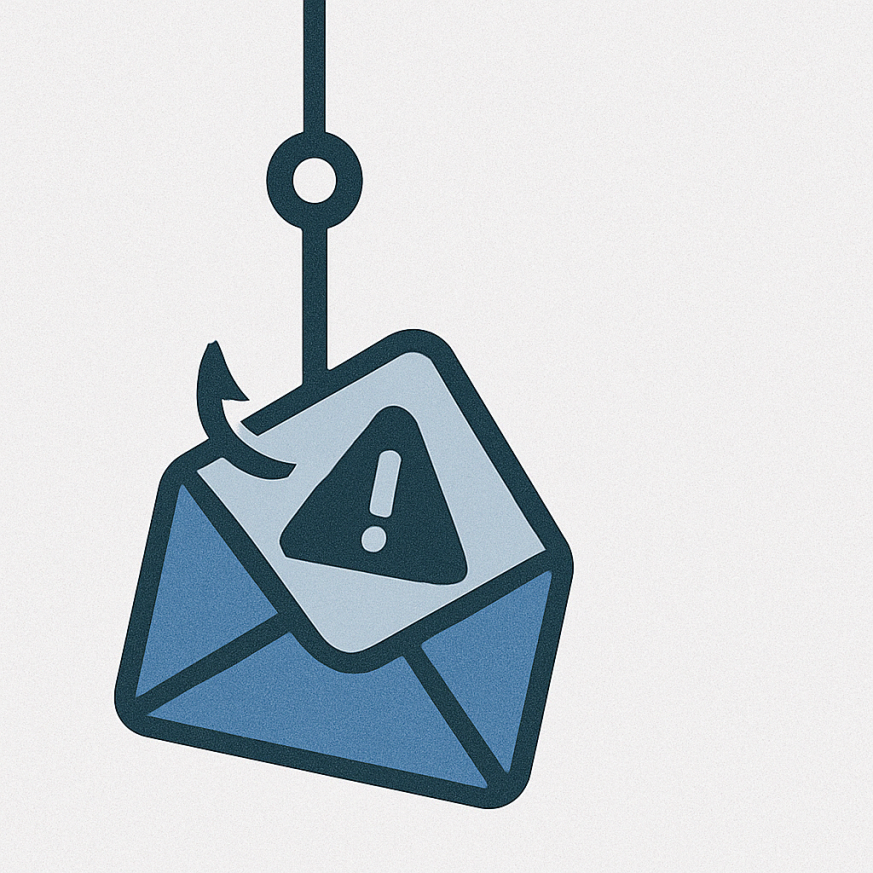Ever clicked an email that looked real only to realize it wasn’t? You’re not alone. Phishing scams cost businesses billions each year, and they’re getting sneakier by the day.
Phishing attacks are among the most common and dangerous cybersecurity threats businesses face today. According to the CISA (Cybersecurity and Infrastructure Agency), over 90% of successful cyberattacks begin with a phishing email, making it the number one tactic threat
actors use to gain unauthorized access.
The good news? With proper training and awareness, phishing attempts can often be identified and avoided before any damage is done.
At Cyberix, we believe that proactive education is the first step toward strong cybersecurity. This guide outlines key warning signs to help your team recognize phishing emails before they become a threat.
What Is a Phishing Email?
Phishing emails are fraudulent messages designed to trick recipients into taking actions such
as:
- Clicking on malicious links
- Downloading infected attachments
- Providing sensitive information like passwords or financial data
These emails often appear to come from trusted or high-level sources, such as colleagues, vendors, or even executives, in an attempt to bypass suspicion.
How to Recognize a Phishing Email
1. Poor Grammar and Spelling
Many phishing messages contain noticeable language errors, awkward phrasing, or inconsistent formatting. While attackers are becoming more sophisticated, sloppy communication is still a common red flag.
2. Unusual Urgency or Threats
Phishing attempts often rely on urgency to prompt quick action. Messages claiming your account will be suspended, or that immediate action is required, should always be reviewed carefully.
3. Suspicious Email Addresses
Phishing emails may spoof legitimate display names but use deceptive sender addresses. Hover over the email address to verify its legitimacy, especially if it seems unexpected.
4. Unexpected Attachments or Links
If you receive an attachment or link that you weren’t anticipating, proceed with caution. Never download or click without verifying the source through a separate communication method.
5. Offers That Seem Too Good to Be True
Emails offering gifts, prizes, or significant rewards for little or no effort are often scams designed to collect personal information or infect systems.
What to Do If You’re Unsure
- Do not click on any links or download attachments.
- Contact your IT or security team for guidance.
- Reach out to the sender using a known secondary and verified communication method.
- Report or delete the email if it is confirmed to be suspicious.
Prevention Starts with Training
Phishing attacks target people, not just technology. Even the most secure systems can be compromised by one uninformed click. Security awareness training remains one of the most cost-effective ways to protect against these types of threats.
How Cyberix Can Help
Cyberix offers tailored security awareness training programs designed to help employees recognize and respond to phishing threats effectively. Whether you operate a startup or a growing small business, we’ll work with you to create a culture of cybersecurity from the ground
up.
Protect your business before the click happens. Contact us today to learn more.



